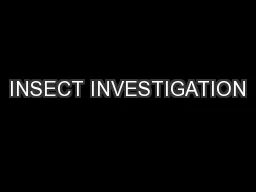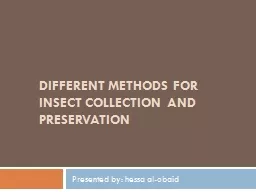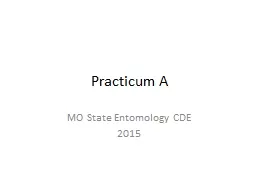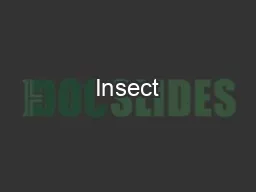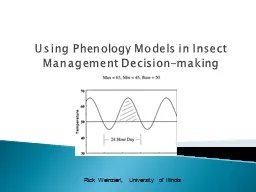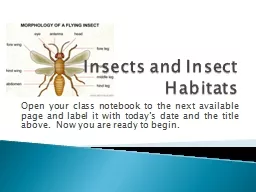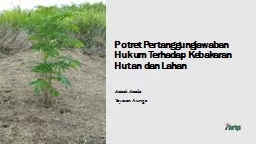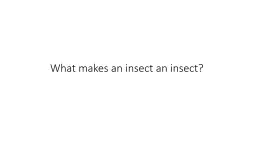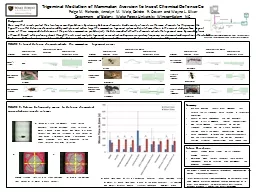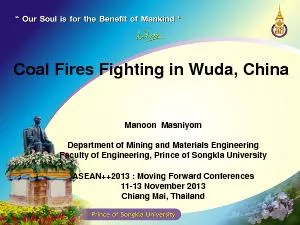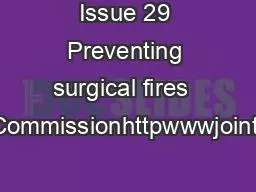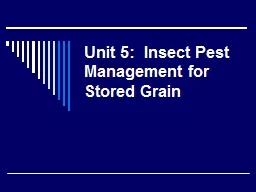PPT-Effects of Insect Damage and Previous Fires
Author : lindy-dunigan | Published Date : 2018-09-29
on Burn Severity in the Happy Camp Complex Forest Fire Student Dan Belle Advisor Dr Alan Taylor GEOG596A 11 May 2015 Presentation Overview Background Goals and
Presentation Embed Code
Download Presentation
Download Presentation The PPT/PDF document "Effects of Insect Damage and Previous Fi..." is the property of its rightful owner. Permission is granted to download and print the materials on this website for personal, non-commercial use only, and to display it on your personal computer provided you do not modify the materials and that you retain all copyright notices contained in the materials. By downloading content from our website, you accept the terms of this agreement.
Effects of Insect Damage and Previous Fires: Transcript
Download Rules Of Document
"Effects of Insect Damage and Previous Fires"The content belongs to its owner. You may download and print it for personal use, without modification, and keep all copyright notices. By downloading, you agree to these terms.
Related Documents


